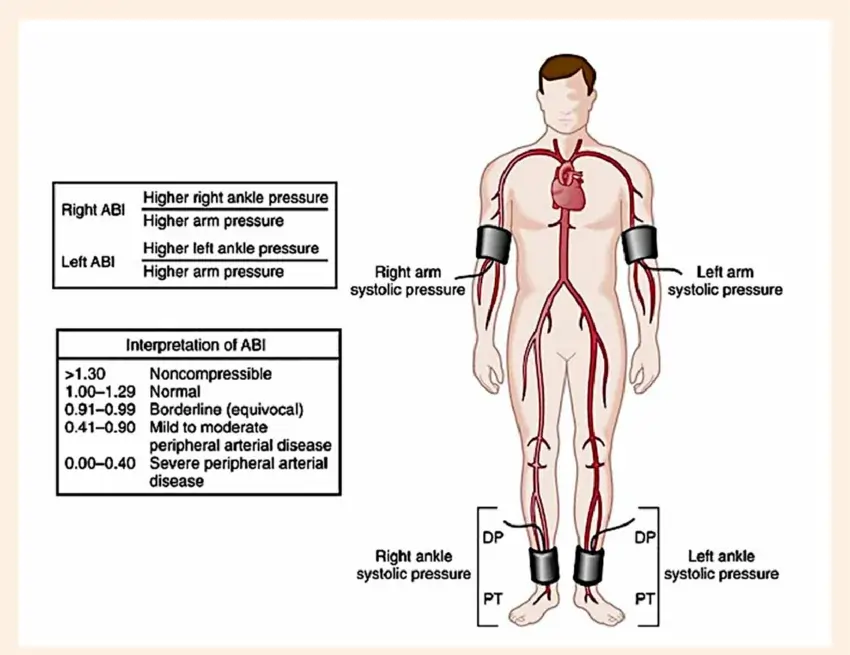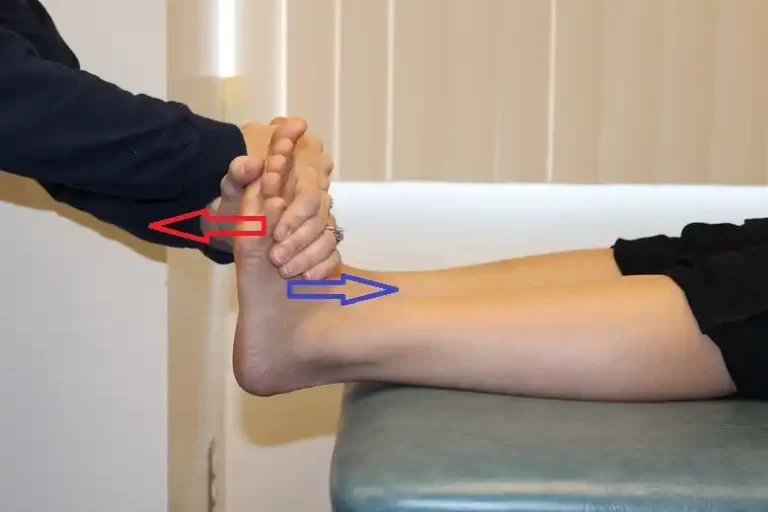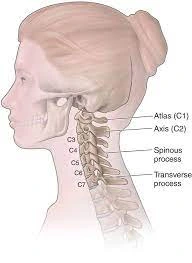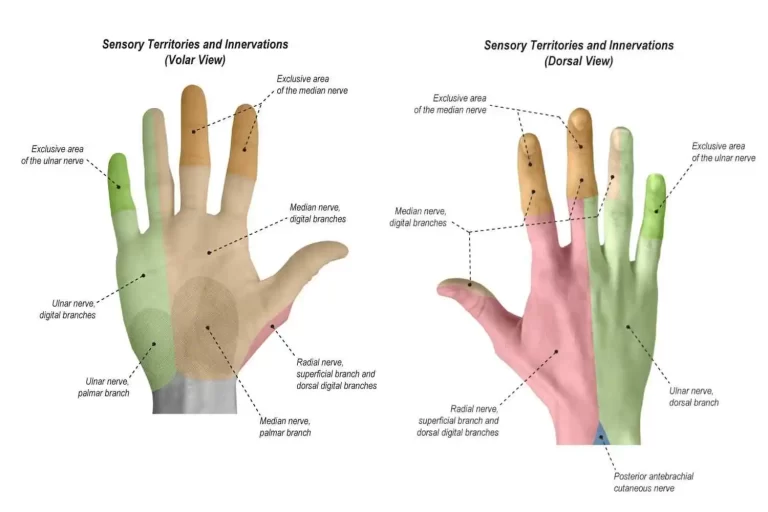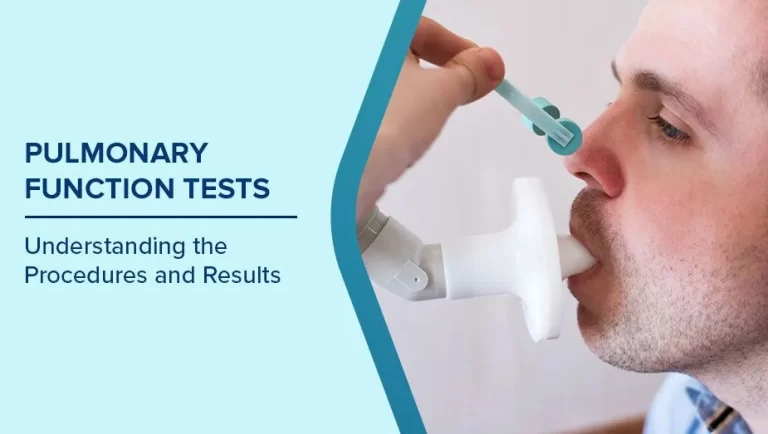Ankle Brachial Index (ABI) Test
What exactly is the ankle-brachial index?
The ankle-brachial index test is a rapid and straightforward approach to detecting peripheral arterial disease (PAD). This illness develops when constricted arteries limit blood flow to the arms and legs. PAD can cause leg discomfort when walking and increase the risk of heart attack and stroke.
The ankle-brachial index test compares blood pressure in the ankle and arm. A low ankle-brachial index value indicates that the arteries in the legs are narrowed or blocked.
Ankle-brachial index testing may be performed before and immediately following treadmill exercise. This is known as an exercise ankle-brachial index test. It can determine how severely the arteries are constricted during walking.
Why it’s carried out:
The purankle-brachial index test aims to screen for PAD, which is characterized by constricted arteries that decrease blood flow, typically in the legs.
For those who have leg pain when walking, an ankle-brachial index test may be helpful. Those with PAD risk factors may also benefit from the screening.
Among the risk factors for PAD are:
- Tobacco usage history.
- Diabetes.
- High blood pressure.
- High cholesterol.
- Plaque accumulation in the arteries restricts blood flow to other areas of the body. We refer to this as atherosclerosis.
What are the benefits of conducting an ankle-brachial index test?
The ankle-brachial index test is the ideal technique to screen at-risk persons and diagnose PAD since it’s:
- Simple.
- It takes around 10 to 20 minutes.
- Low-cost.
- It can be completed at your doctor’s office or an outpatient facility.
- It is non-invasive and does not create any long-term complications.
Application of the Ankle Brachial Index Test:
The ABI test serves a variety of diagnostic and monitoring purposes:
- Detecting Peripheral Artery Disease (PAD): Determines whether the leg arteries are narrowed or blocked.
- Assessing PAD Severity: Determines how advanced the ailment is.
- Monitoring disease progression: Measures changes in blood flow over time.
- Evaluating Treatment Effectiveness: Determines if interventions such as medication, lifestyle modifications, or surgery improve blood flow.
- Risk Assessment: Determines which persons are at a higher risk of cardiovascular events.
When would a brachial-ankle index be required?
An ankle-brachial index test may be recommended by your physician if you:
- Has a history of tobacco use.
- Are older than 50 and have diabetes.
- Are above 65 years old.
- Possess a family history of heart disease, high blood pressure, or high cholesterol.
The ankle-brachial index test should not be performed if you have:
- Severe discomfort in the legs.
- You may have cuts on your feet or legs.
- Deep vein thrombosis.
Ankle-brachial index testing is done by whom?
Typically, nurses do an ankle-brachial index exam. Nonetheless, the test may be administered by physicians, nurse practitioners, and other medical professionals. The test is frequently administered in the office of a primary care physician. On the other hand, the test could be administered while you’re in the hospital.
What’s the Process for the ABI Test?
The ABI test usually takes 10 to 15 minutes to perform and is non-invasive and painless. This is how it operates:
- Preparation: To make it easier to reach the ankles, the patient takes off their shoes and socks while lying flat on an examination table.
- Blood Pressure Measurement.
- Blood pressure cuffs are wrapped across both arms and ankles.
A Doppler ultrasonography instrument detects blood flow in the brachial artery (upper arm) and the dorsalis pedis, or posterior tibial artery (ankle). - Ratio Calculation: Divide the systolic blood pressure in the ankle by the systolic blood pressure in the arm to compute the ABI in each leg.
Risks of ankle-brachial index :
Blood pressure cuffs may induce arm and leg discomfort during inflation. However, this pain is transient and should subside after the air is released from the cuff.
If you are experiencing significant leg discomfort, you may require an imaging examination of your legs’ arteries.
Ankle-Brachial Test details:
How should I prepare for the ankle-brachial index test?
Before the test:
- Do not exercise in the hour before the exam.
- On the day of your test, avoid any caffeine-containing foods and beverages.
- For one hour before your test, avoid using tobacco products or drinking alcohol.
- Wear loose, comfy clothes.
- Inform your healthcare practitioner if you have had any treatments to increase circulation in your legs.
- Go to the loo and pee till your bladder empties.
What you may expect on your test date:
You will lie down and relax for 10 to 30 minutes before the exam begins. You should remain on your back during the exam.
Because your arms and ankles must be at heart level for blood pressure measurements, they may be pushed up using pillows or cushions.
Your doctor may use ultrasound equipment to listen to your pulse and blood flow before getting your blood pressure measurements. This helps them determine the optimal artery to utilize for the test.
Expectations for the ankle-brachial index test:
Your medical professional will:
- In one arm, measure the brachial artery’s blood pressure.
- On the same side as the arm that was just measured, check the blood pressure in the dorsalis pedis or posterior tibial artery in the ankle region.
- Verify the blood pressure in your opposite leg’s ankle.
- Check your other arm’s blood pressure.
- Divide the greater systolic (upper number) blood pressure in your ankle by the higher systolic blood pressure in your arms to determine your ankle-brachial index.
Expectations following an ankle-brachial index test:
Anesthesia or skin punctures are not necessary for this noninvasive examination. You can resume your regular activities following the exam.
ABI Values’ Normal Range:
The ABI ratio aids in classifying the state of blood flow:
- 1.0 to 1.4 is the normal range (sufficient blood flow).
- PAD borderline: 0.91–0.99.
- 0.41 to 0.90 for mild to moderate PAD.
- Severe PAD: critical ischemia, 0.40 or less.
- Unusual A high ABI (>1.4) might be a sign of calcified, non-compressible arteries.
Analyzing the Results of an ABI Test:
The findings of the ABI test inform diagnosis and therapy:
- A normal ABI (1.0 to 1.4) means that there isn’t any serious artery blockage.
- Abnormal ABI (<0.9): Indicates different levels of PAD and calls for additional testing or care.
- Non-compressible arteries are indicated by a high ABI (>1.4), which is frequently observed in diabetes or chronic renal disease.
For a more thorough evaluation, further tests like a vascular ultrasound or angiography could be suggested.
Findings and Follow-Up of Ankle-brachial Index:
How does the ankle-brachial index become determined?
The ankle-brachial index is determined by dividing the higher systolic blood pressure reading from your two arm readings by the higher systolic blood pressure reading from your two ankle arteries. Instead of using the greater number, some individuals utilize the average of each pair of values.
What is the meaning of a low ankle-brachial index?
You have PAD if your ABI is 0.9 or below. You want to schedule a consultation with an expert in vascular medicine. If your ankle-brachial index is low, you are more likely to:
- Heart attack.
- Kidney disease.
- High blood pressure.
- Stroke.
After you walk on a treadmill, your doctor might want to check your ABI again if you have PAD symptoms but it’s just slightly low. After exercising, a 20% or more drop is considered an unhealthy outcome.
Why would someone have a high ankle-brachial index?
An ABI ratio greater than 1.4 may indicate that you have diabetes or advanced age-related stiffness in your limb blood vessels. According to research, those who had an ankle-brachial index of more than 1.4 were twice as likely to die from cardiovascular causes.
Conclusion
A straightforward yet effective method for assessing blood flow in the lower limbs and identifying peripheral artery disease is the Ankle Brachial Index (ABI) test. It supports cardiovascular event risk assessment, treatment planning, and early diagnosis by offering vital information about vascular health.
Patients may take charge of their vascular health by being aware of the ABI test’s goals, procedures, and consequences. Discuss if an ABI test is appropriate for you with your healthcare practitioner if you have symptoms or are at risk for PAD.
FAQs
What is the significance of the Ankle Brachial Index (ABI) examination?
The ABI test is used to identify peripheral arterial disease (PAD) by assessing blood flow in the lower limbs. It is also used to measure cardiovascular risk, track the efficacy of therapy, and gauge the severity of PAD.
Does the ABI test hurt?
The ABI test is painless and non-invasive. It includes measuring blood flow using Doppler equipment and blood pressure cuffs, which may result in modest pressure but no pain.
What is the duration of the ABI test?
Typically, the exam takes ten to fifteen minutes. The entire session, including preparation and findings explanation, might take around half an hour.
Before an ABI test, do I have to fast?
Fasting is not necessary. However, as smoking and coffee can momentarily alter blood flow and pressure results, refrain from doing so for at least two hours before the test.
Is it possible for the ABI test to identify every circulation issue?
The ABI test can successfully identify blockages in major arteries, but it might miss problems with microvascular illness in smaller blood vessels. Further testing could be required for a thorough assessment.
What occurs if the results of my ABI test are abnormal?
Reduced blood flow is suggested by abnormal findings, which might be a sign of PAD or other vascular disorders. To enhance circulation, your doctor could suggest more testing, lifestyle modifications, drugs, or operations like angioplasty.
Is it safe for everyone to take the ABI test?
Yes, the majority of people, even those with diabetes or other long-term illnesses, may safely take the ABI test. Patients with non-compressible arteries, however, might need to use different testing techniques.
What is the recommended frequency of ABI testing?
The test may be performed once a year or as prescribed by your physician for those who are at risk of PAD or who have symptoms including leg discomfort or wounds that don’t heal. Usually, standard screening is carried done every several years.
If I take blood pressure medicine, can I still have an ABI test?
Yes, but make sure to let your doctor know about all of your prescriptions. The readings may be affected by blood pressure drugs, however they may be adjusted during interpretation.
In which PAD risk factors is an ABI test necessary?
Obesity, high blood pressure, high cholesterol, diabetes, smoking, and a family history of vascular disorders are risk factors. People who are over 50 or who have symptoms like ulcers or leg discomfort should also think about being tested.
References
- Ankle-brachial index – Mayo Clinic. (n.d.-b). https://www.mayoclinic.org/tests-procedures/ankle-brachial-index/about/pac-20392934
- Professional, C. C. M. (2024a, May 1). Ankle-Brachial Index (ABI). Cleveland Clinic. https://my.clevelandclinic.org/health/diagnostics/17840-ankle-brachial-index-abi
- Hospitals, A., & Hospitals, A. (2025, January 17). Ankle Brachial Index (ABI) test. Apollo Hospitals. https://www.apollohospitals.com/diagnostics-investigations/ankle-brachial-index-abi-test-procedure-results-and-benefits/

